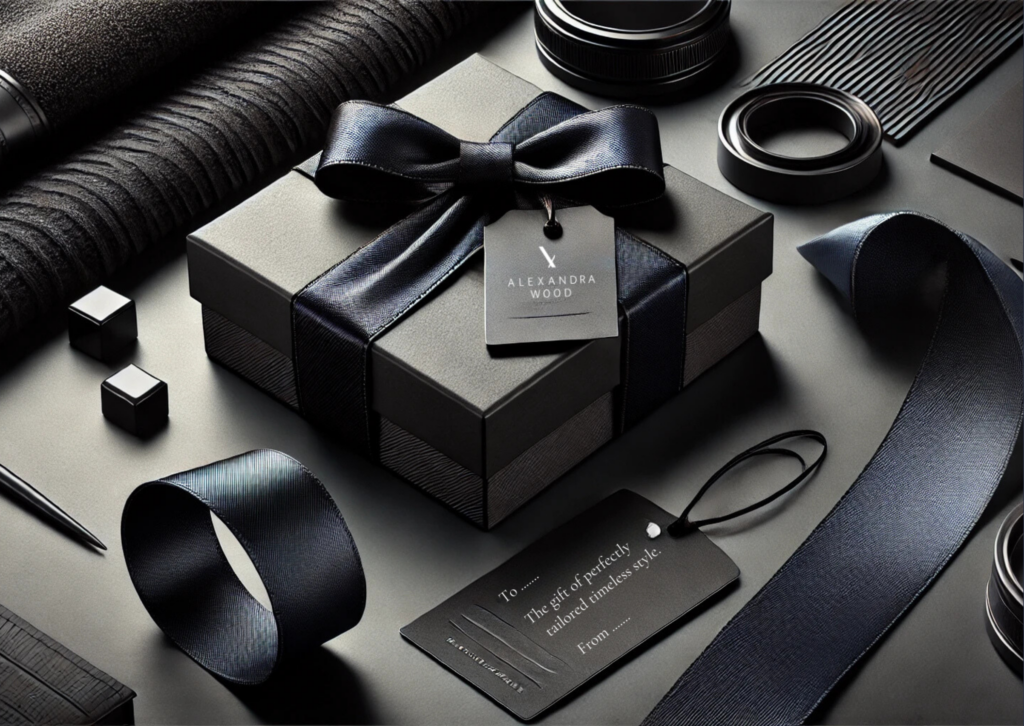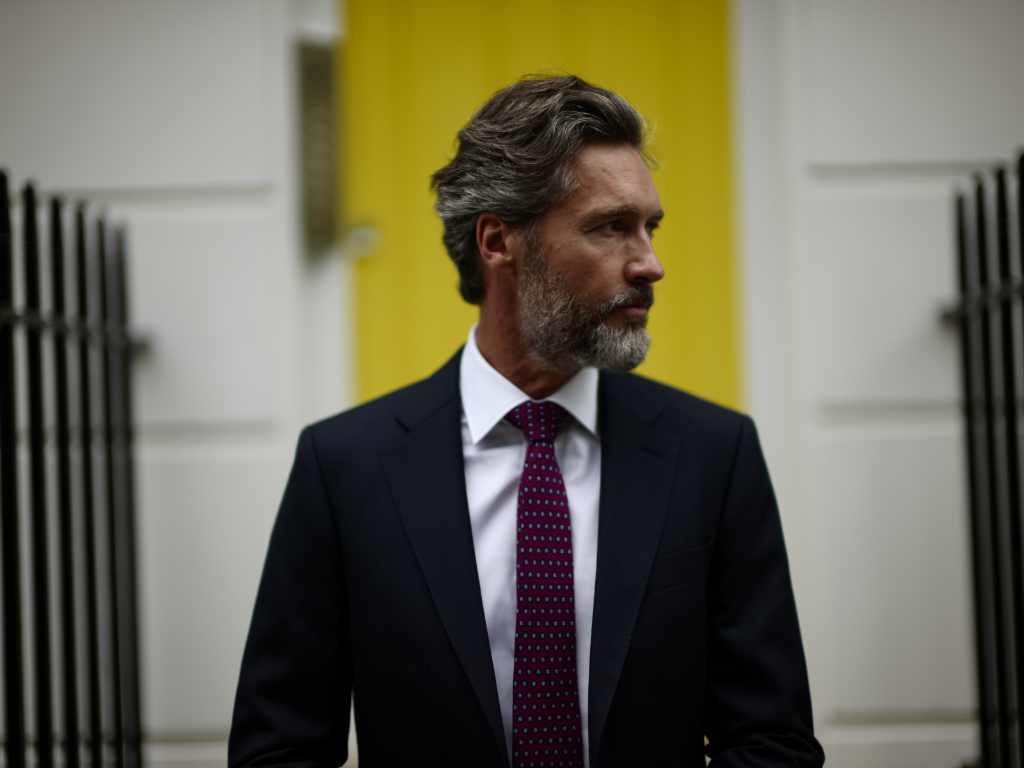We’ve been engulfed by a culture of dressing-down at work. But rather than erring on the side of ‘smart’, casual is now the norm – and I’m afraid our attitudes are following suit.
From humble beginnings of wearing jeans on a Friday, we now exist in a permanent state of smart casual. Once the suit left the office – that space where your appearance was an indicator of confidence, competence and respect – the lines between our work, home and social selves, and our attitudes about the different spheres of our lives became quite muddied.
My father is ‘old school’ when it comes to dressing. Okay, so he doesn’t wear a tie every day but if we go to the theatre and people are wearing jeans or sweatshirts quite frankly, he’s appalled. And I have to admit – so am I. The sanctity and respect given to special events like going to the theatre, church, job interviews and even birthday dinners appear to be waning. Nothing feels special anymore. The dress-down culture has affected our language too – we are swearing at work more, ‘Mr’ and ‘Mrs’ are rarely used and we often call our CEO’s by their first name.
Many of my customers say to me: “I don’t really wear suits anymore; just to meetings or for those days where you’ve really got to look sharp.” It’s made me think: shouldn’t that be every day? It’s no secret that looking sharp has a positive effect on your confidence and mental state (more on that later), so why wouldn’t you want to channel that as often as possible? Fine, if you work from home you may feel a little daft sitting about in a suit with only the dog to admire it, but there are plenty of other situations where looking sharp can surely only be beneficial.
We are getting sloppy, and as a tailor, I feel I have a responsibility to help men to up their game.
HOW THE DRESS-DOWN CULTURE STARTED
The concept first originated in Hawaii in the mid-1960s, when the state’s Fashion Guild devised ‘Aloha Friday’. Employers were encouraged to allow their staff to wear Hawaiian shirts and flip-flops on a Friday in a bid to boost sales of the loud, but undeniably comfortable shirt. It crossed to the US mainland – primarily California – in the 1990s with the dot-com boom in Silicon Valley where Hawaiian shirts were replaced with khakis, chinos, jeans, and t-shirts. Globalisation took care of extending the habit worldwide as an inexpensive way to boost staff morale.
Now, a permanent ‘business casual’ dress code is a given in all but the most traditional sectors like finance or law. Even British MPs have been allowed to ditch their ties in Parliament (despite a public outcry). The prevalence of flexible working arrangements, co-working spaces and company cultures built on innovation call for clothing that reflects creativity and individuality. Furthermore, the flattening of organisational structures has led to CEOs donning jeans and a t-shirt (ala Mark Zuckerberg) in favour of wearing a more expensive suit than their staff to denote authority and success.
THE PSYCHOLOGY OF DRESSING FOR SUCCESS
I do wonder though if we really feel any better for dressing so casually at work. If I’m wearing yoga pants and a jumper I feel like I want to curl up on the sofa with a magazine and a cup of tea, not negotiate a business deal. Although many of us might be productive in jeans and a t-shirt (tech start-ups are proof enough of that), there is scientific evidence that what we wear has an effect on how we think and act.
A study by Columbia University published in 2015 found that wearing formal clothing positively influences your ability to think abstractly and see the ‘bigger picture’. Participants who identified that their attire was more formal, and/or wore suits thought in a more global way, rather than focussing on small details. “The findings demonstrate that the nature of an everyday and ecologically valid experience, the clothing worn, influences cognition broadly, impacting the processing style that changes how objects, people and events are construed.” Social Psychological and Personality Science 2015, Vol. 6(6) 661-668
Clothing doesn’t just affect how we think, it affects how we act. Another study at the Kellogg School of Management at Northwestern University used white coats to showed how we take on the culturally associated characteristics of clothing when we wear it. Those who wore a doctor’s white coat sustained their attention longer in tests than participants who wore a painter’s coat or no coat didn’t. Dress like a doctor, think like a doctor? It’s a phenomenon called ‘enclothed cognition’ – the physical experience of wearing certain clothing combined with the symbolic meaning attached to it changes the way we feel and act.
So, wearing a suit will not only make you look better, it will put you in the right mindset for high-level planning and strategy tasks. And dressing well for a night at the theatre will make the event feel special. But what if wearing a suit every day really isn’t appropriate in your workplace but you want to feel your best? Tailors have the answer.
THE ANTIDOTE TO SLOPPY DRESSING AND SLOPPY ATTITUDES: TAILORING
Dressing down doesn’t mean forgetting dress sense altogether, and it’s more than just leaving the tie at home (although The Idle Man shows how it’s possible to wear one casually). But, without strict dress codes to rely on, and nuances in different company cultures, we face a sartorial minefield when we get dressed in the morning.
The solution to feeling confident about what you are wearing avoiding slovenliness is tailored separates that you can mix with either more formal or more casual items as the need arises. I like to call it a ‘flexi wardrobe’. This perfectly balanced collection should contain a couple of sharp suits and some smart casual trousers, blazers and shirts and will have you rocking ‘business casual’ with very little effort.
Not sure where to start? Keep it simple with classic items like our navy textured blazer with a soft shoulder, slim-fit blue chinos, a classic white shirt and a shirt with a bit of interest like our Metrocentric with red and blue threads.
The fashion industry has happily supported this idea, too, offering mix and match capsule wardrobes with high-quality items that allow people to move between their work to social life without a change of clothing. Our new summer collection*, due to be released in store from 16 March and created in collaboration with style blogger the Grey Fox, does exactly that.
My final word of advice is to ask yourself this: would your grandparents be appalled at what you are wearing to work/dinner/the theatre? If so, go back inside and change.
Words by Katrina Strathearn
Cover photo by Jerry Kiesewetter on Unsplash
Other photos by Olu Eletu and LinkedIn Sales Navigator




